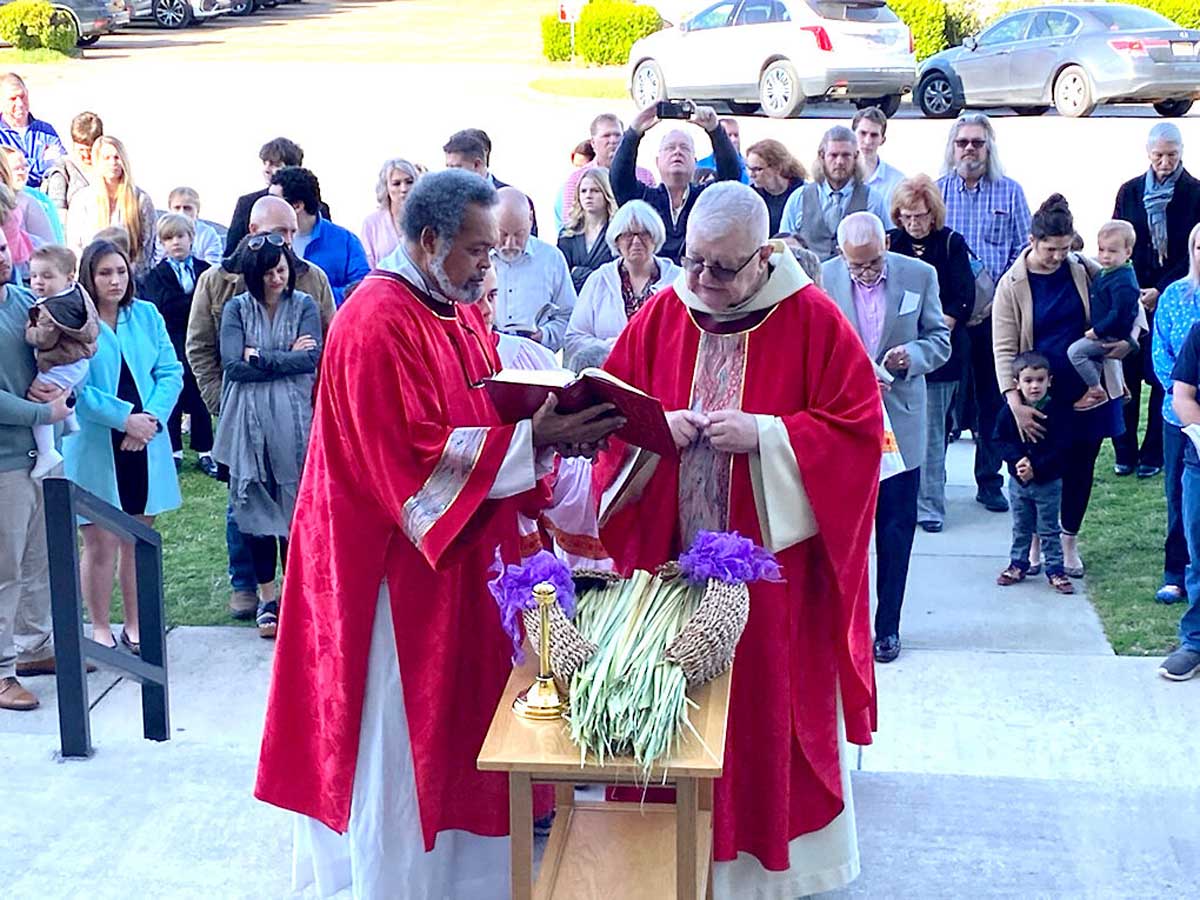Color Wonders
Published 5:08 pm Saturday, January 19, 2008
These are no ordinary flowers. The Dahlias grown by Jack and Mana Joyner of Valley Grove are behemoth, and size is not their only asset. They pack stunning beauty into every inch.
“Our customers love the Dahlias because they are so different from other flowers, and because they are only available for a few months of the year, that makes them special too,” said April Kimbrill, a floral designer with Burke’s Florist. Burkes have been buying Dahlias from the Joyners for years because they add drama to their fresh cut arrangements.
The Joyners usually sell their blooms at the upscale Pepper Place Farmers Market in Birmingham for up to $4 each. Mana Joyner said shoppers there can’t seem to get enough of them.
“We go down and set up at Pepper Place around 7 a.m. and by 10 we are sold out,” said Joyner. “Some of the bigger florists come and buy us out completely. Or sometimes girls who are getting married will see them and say they just have to have them for their weddings.”
One Birmingham Florist, Bloom, is buying all they produce within the next week, which should number about 1500 flowers, according to Joyner.
Joyner said they are selling in Cullman for the first time this year at Festhalle Marketplatz, and people in Cullman love the flowers even though do not tend to buy so many. Brook’s florist in Cullman often stocks the Joyners’ Dahlias.
The Joyners moved to Cullman seven years ago to help their son-in law Dr. David Brase start the Dahlia farm. Brase, an orthopedic surgeon, grew up on a farm in Minnesota where his father and grandfather had been growing Dahlias for 60 years. David Brase’s father, Herb Brase and his Dahlias were the subject of a HGTV special several years ago. Sadly, shortly after Brase and the Joyners’ Dahlia farm was established, Brase was diagnosed with cancer. He passed away two years ago at the age of 53.
David, his wife Paula Brase and the Joyners held a Dahlia festival at the farm in 2003 and 2004. During the two-day long festivals they raised a total of $30,000 for Kenya Relief, a Cullman based organization that brings relief to the AIDS-ravaged Migori community in Kenya.
Growing Dahlias is not for the faint of heart, according to the Dahlia Society of Alabama. From the time the tubers are planted in early May until the first frost kills the plants, they demand one to two inches of water a week, pruning, regular fertilizing, insecticide and fungicide spraying, and staking. They need at least half a day of sun, well drained soil rich in organic matter and just an inch too much water will kill them. The growing season did not start well for the Joyners this year, but according to Mana Joyner, the plants are making up for it now.
“With the dry weather and especially the heat, the plants didn’t bloom as quickly this year,” she said. “I hope the first frost holds off because they are just now going wild.”
Dahlias generally prefer a cooler climate than Alabama’s. Joyner had to fix umbrellas over the plants during the hottest summer days to prevent wilting.
Mana Joyner said they owe a lot to the armadillo who makes regular visits to the growing beds to engage in pest control.
“We nicknamed him Arma,” said Joyner. “He doesn’t bother the Dahlias at all and he eats all the grub worms that harm the plants. He really helps us out.”
Even after the growing season has ended, the Joyners have more work to do. Around thanksgiving, they dig up all of the tubers, cut them apart and store them indoors.
“One tuber planted at the start of the year will have grown 30 more,” said Joyner.
Dahlias come in every color except blue and green or can be multicolored. They can be shaped like a ball with rows upon rows of petals folding back towards the stem, or have a single layer around the center part, like a daisy. Some have long pointed petals, others are round and curled.
The Joyners have developed several unique new varieties of Dahlia at their farm. Mana Joyner said not many growers hybridize because it is such a long and intensive process.
“I love it because you never know what you’re going to come up with,” she said. “Because the bees are there pollinating too, you just never know what a new hybrid is going to be like.”
Among their own creations are the “Dr. David”, named for their son-in-law, which is yellow with red tips, the “Mana” which is a large bright pink bloom, and the “Mercy Me” which is a bright red stunner, named for a Christian music group.
Working so intensively on the flowers every day, Joyner would be forgiven for getting tired of them, but she said she doesn’t.
“I have five arrangements in the house right now,” she said. “I could never get tired of them, they are just the most beautiful flowers there are.”
Tips for growing Dahlias
from the Dahlia Society of Alabama
-In late Spring, tubers should be planted four inches deep in well-drained soil, two feet apart with eyes facing up.
-They grow from one to six feet tall so most need to be staked.
-Fertilize with nitrogen, phosphate and potash from 8-8-8 to 13-13-13
-Mulch soil after the plant comes up.
-When three sets of leaves have sprouted up the stalk pinch the top back to encourage flowering.
-Once a bloom has started to develop, pinch off the smaller buds just below it.
dahliasocietyofalabama.org
Call: 775 3736





